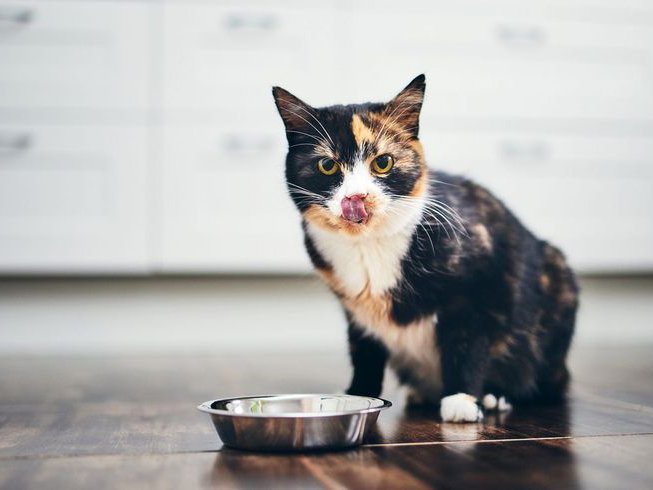
Feeding your cat may seem simple — just pour some kibble in a bowl, right? But in truth, how often and how much to feed a cat depends on several important factors like age, weight, lifestyle, and even breed. Whether you’re a first-time cat parent or looking to improve your feline’s health, understanding proper feeding routines can make a big difference in your cat’s overall well-being.
How Often Should You Feed Your Cat?
The ideal feeding frequency for cats varies depending on their age and health:
-
Kittens (under 6 months): 3–4 small meals per day.
They’re growing rapidly and have high energy needs. -
Adult cats (1–7 years): 2 meals per day is standard.
Morning and evening meals work well for most healthy adult cats. -
Senior cats (7+ years): Stick with 2 meals, but consult your vet about dietary adjustments based on health conditions.
How Much Should You Feed Your Cat?
The amount of food your cat needs depends on:
-
Weight and body condition
-
Activity level (indoor vs. outdoor cats)
-
Type of food (dry, wet, or raw)
As a general rule:
-
An average adult indoor cat needs about 20 calories per pound of body weight per day.
-
That means a 10-pound cat requires roughly 200 calories per day.
Dry food usually contains more calories per ounce than wet food, so portion sizes vary. Always check the label on your cat food for feeding guidelines — and adjust based on your cat’s condition. If your cat is gaining or losing weight unexpectedly, speak to your vet.
Final Thoughts
Feeding your cat the right way isn’t just about keeping them full — it’s about supporting long-term health and happiness. Understanding how often and how much to feed your cat will help prevent obesity, malnutrition, and health issues down the road.
Every cat is different, so don’t be afraid to adjust based on your pet’s specific needs — and always work with your vet for guidance.
Learn More
Visit petopedia.xyz or talk to your veterinarian for personalized feeding recommendations and cat nutrition advice.
